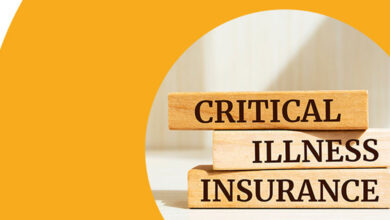Increase Your Energy by Avoiding Table Salt
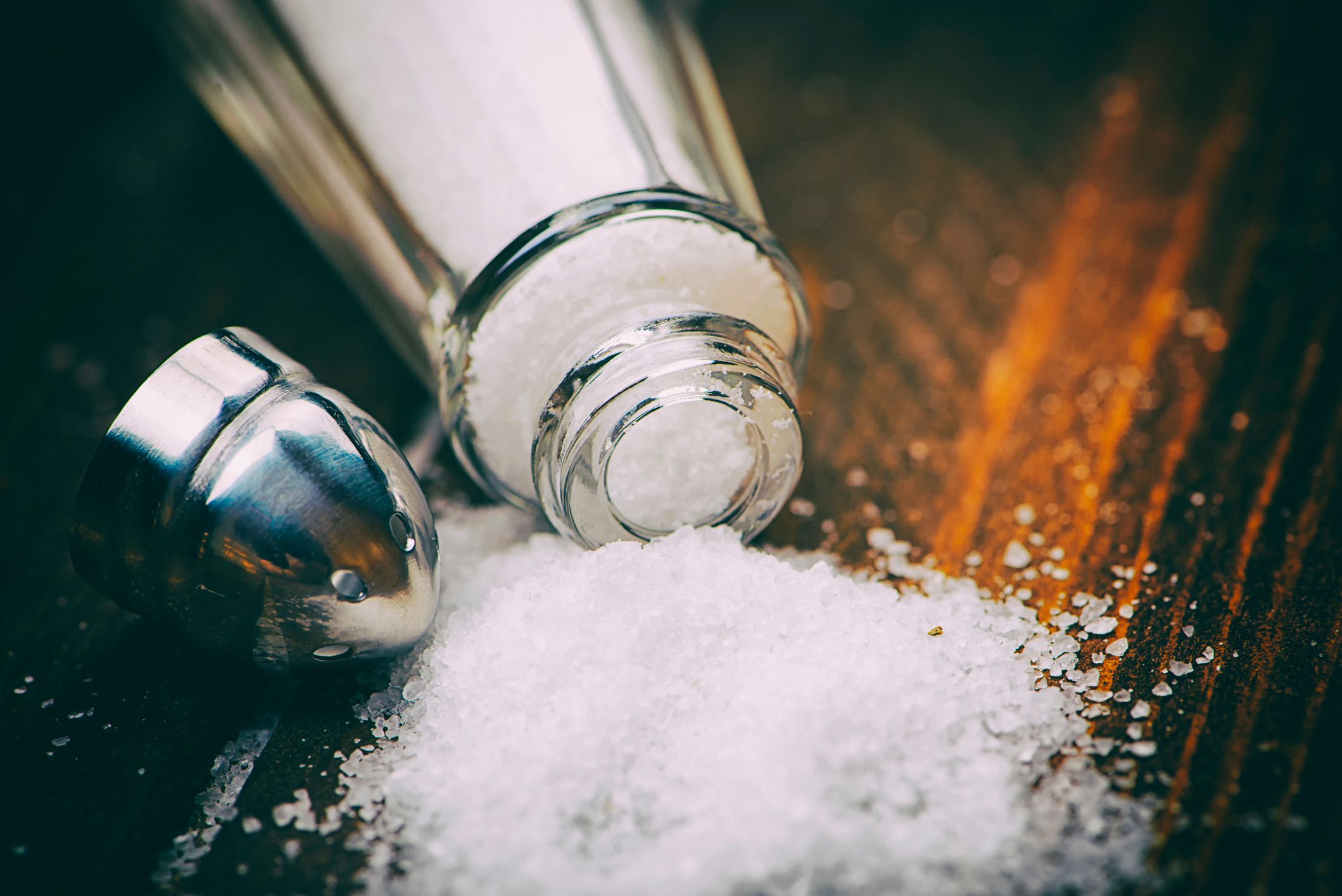
What is table salt? The specific name for table salt is sodium chloride, which is one of the most common ingredients in food. This synthetic salt is found in nearly all processed food. Sodium chloride isn’t the same as the natural salt found in nature. Unlike natural salt, sodium chloride is processed and therefore it lacks many essential minerals found in natural salt. It is also treated with harmful chemicals. These features of table salt are harmful to your health and are great for decreasing your energy.
Why table salt is unhealthy and bad for energy
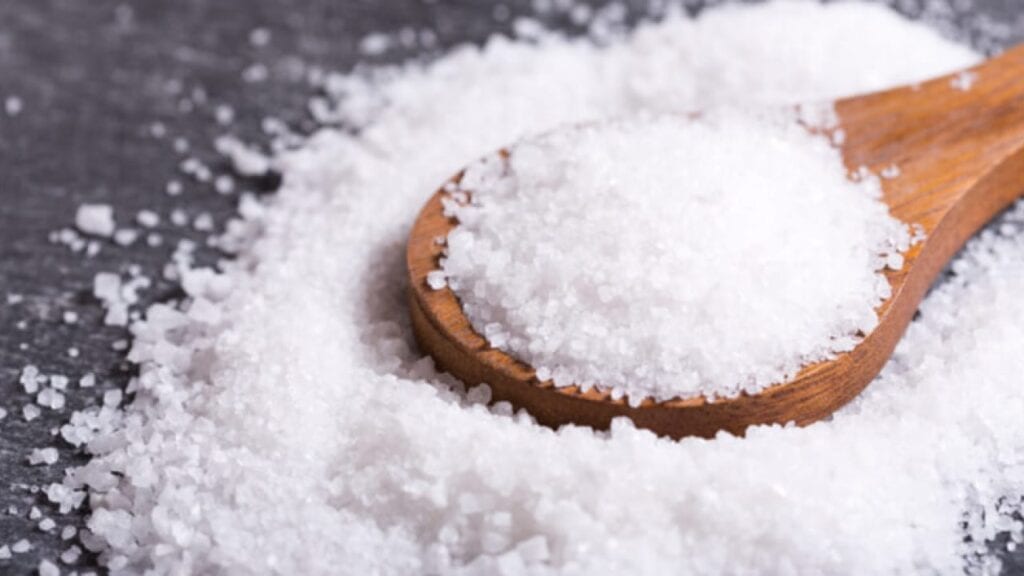
Table salt is harmful to your health due to the dozens of synthetic chemicals that are added to it, including bleach and aluminosillicate. Some table salt is even added with sodium fluoride and crude oil extract. Sodium fluoride isn’t the same as the natural version of fluoride (calcium fluoride). Sodium fluoride is actually a synthetic industrial waste of the phosphate industry. It is commonly found in conventional toothpaste in many Western countries. These toxins in table salt are harmful to your health. The more you consume table salt, the more its toxins accumulate in your body, harming your health and decreasing your energy.
Unlike table salt, sea salt or sodium is an antibiotic and a preservative. When it is added to food, it kills living bacteria and delays the decay of food. When sodium is in the body, one of the things it does is pull water from the bloodstream, which is tolerable in small quantities but can negatively affect the digestive system when consumed in larger amounts. An excessive intake of sodium can cause constipation and dehydration if water is drawn out from the digestive tract and isn’t available in the gut to aid in consumption and breakdown of foods.
Sea salt vs table salt
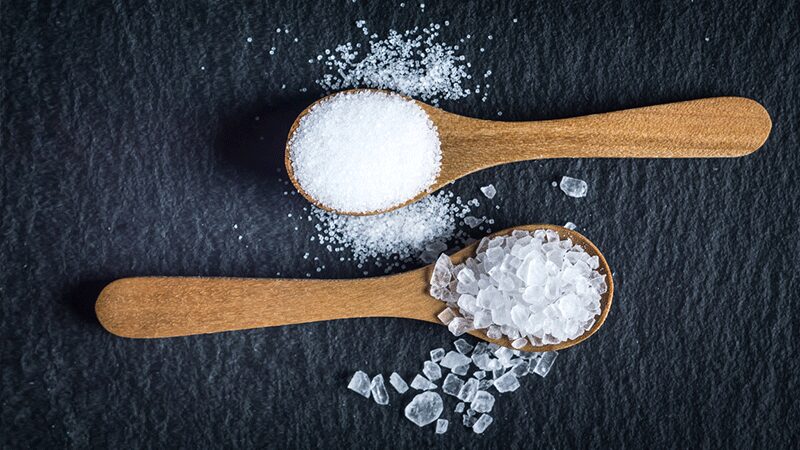
Natural sea salt is generally pink and white in color. Table salt on the other hand is white in color because it has been treated with bleach. And where does this synthetic salt come from? A great portion of it is actually made from the flaky residue that is left behind from oil digging. That is correct. The crude oil extract is one of the ways that table salt is produced.
Table salt and iodine

Many people know that iodine is an ingredient added to table salt (sodium chloride), but not everyone knows why it is added to it. The process of adding iodine to sodium chloride began around 1924 to combat iodine deficiency in certain populations of the United States. It is believed that this process will help prevent iodine deficiency in Americans. Before sodium was manufactured by companies, most of it came from the sea or from natural deposits, rather than the manufacturing processes of today. This is why people who consumed natural salt back then didn’t have a lot of problems with iodine deficiency.
The harmful chemicals in table salt
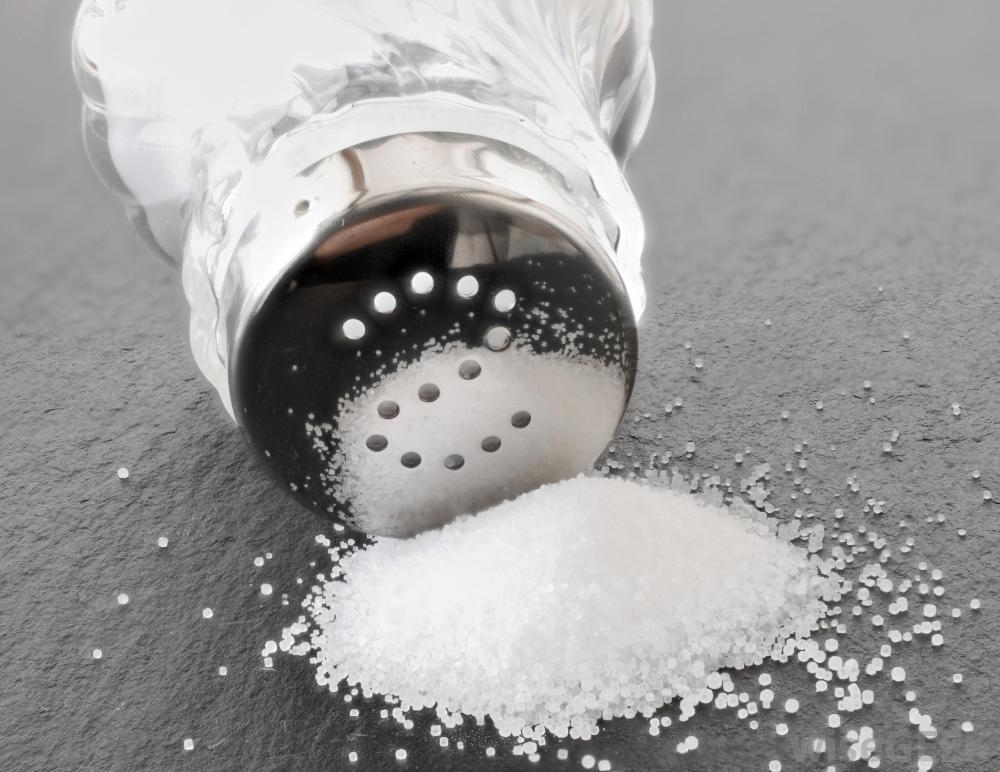
Today’s table salt isn’t naturally occurring sodium, but is instead manufactured sodium chloride. Sodium chloride contains many different chemicals, including iodide, solo-co-aluminate, fluoride sodium bicarbonate, potassium iodide, anticaking agents, and other harmful substances. Sodium chloride has also been refined and then bleached to its white coloring.
Part of the process of refined salt (sodium chloride) or commercial table salt involves the use of aluminum, ferrocyanide, and bleach. These are all toxic substances that your body takes in when you consume sodium chloride. A few servings of refined salt every now and then won’t send you to the grave. However, when consumed on a daily basis, it could lead to serious health problems, including aluminum toxicity, high blood pressure, and low energy.
Table salt or sodium chloride is often difficult for the body to digest, as it isn’t in its natural state and is missing certain natural substances. Sodium chloride often causes a rise in blood pressure, which can increase your risk of heart disease and stroke. Chronic conditions and illnesses can often be made worse from ingesting sodium chloride, as it is a processed and bleached food with harmful chemicals added. Some of these chemicals can cause salt buildup in joints and other organs, leading to joint and organ problems.
Table salt is particularly hard on both the circulatory system and nervous system. It also wreaks havoc on the delicate balance of the lymph system in the body. This refined sodium is also addictive. As your body becomes use to the high levels of synthetic sodium, the more your body craves for it.
Recommended salt

Natural sea salt is healthier because it is often not treated with harmful chemicals and is naturally dried. For best results, avoid the iodized sea salt and bleached sea salt. Most natural sea salt products aren’t actually natural because they are sometime processed and added with chemicals. Because of this, it is important that you read the ingredients list and ask for more information from the manufacturer if necessary.
Once you stop consuming table salt and add natural sea salt into your diet, you should slowly start to notice an increase in energy. Your health should also improve. If you really want to increase your energy and health, consume a lot of organic plant foods and learn how to balance your sea salt intake.




